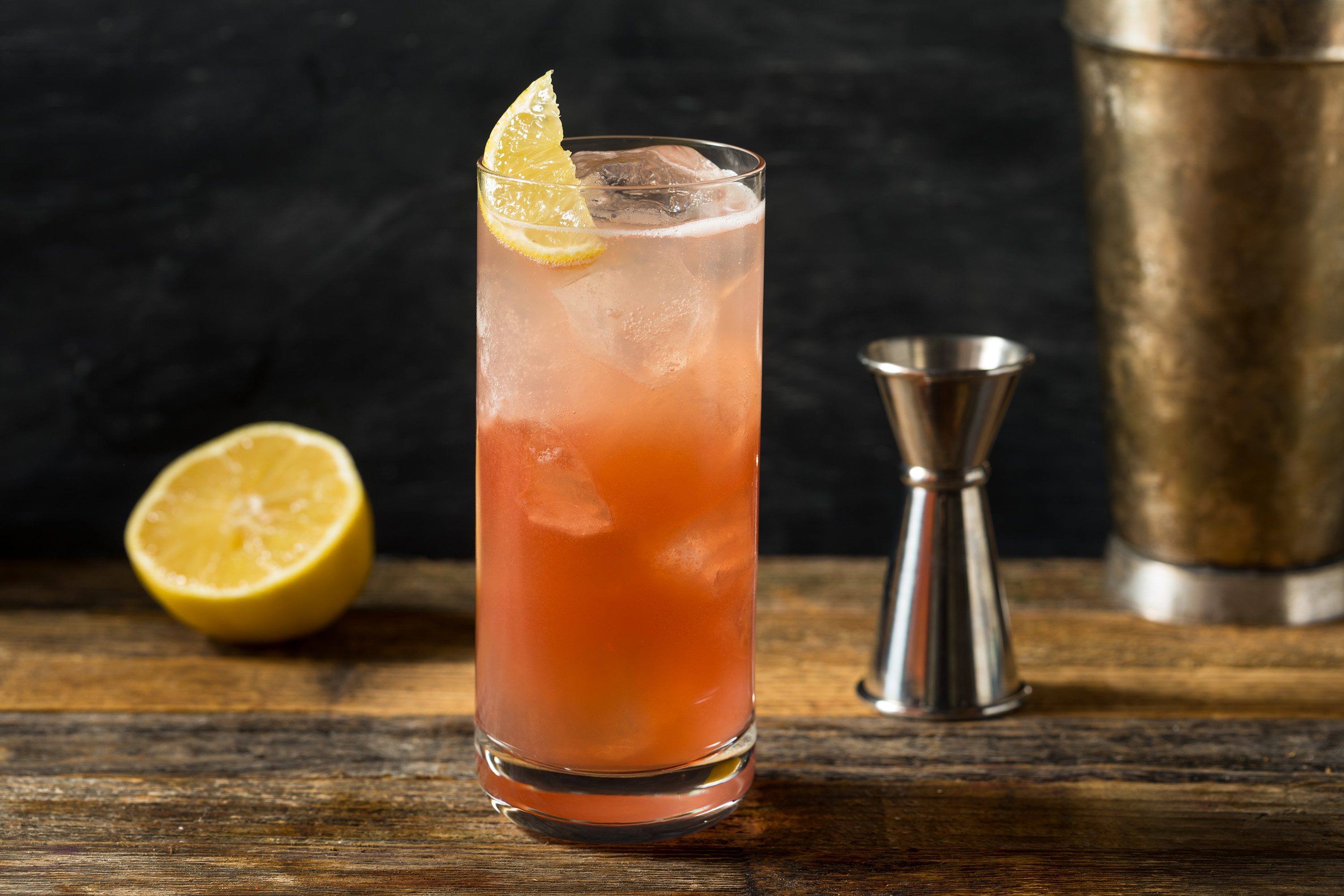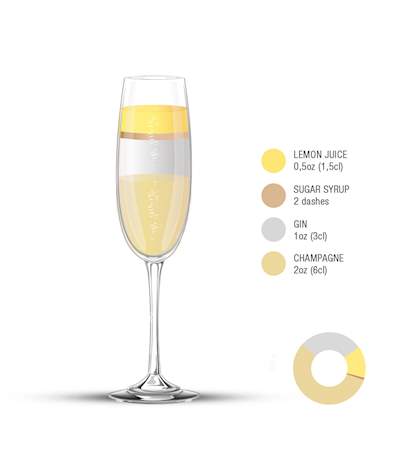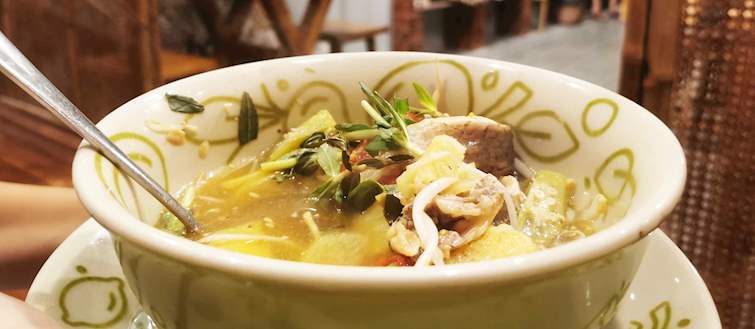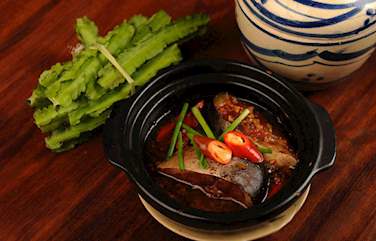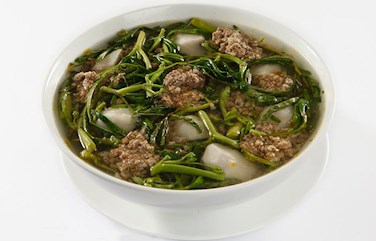29 Best Rated
Dishes With Cottage Cheese
Sirnica moved to 4th place - Sirnica is a savory Bosnian pie consisting of phyllo dough that is filled with a combination of fresh cow cheese, sour cream, and eggs. Thin sheets of dough, locally known as jufka, are spread with the cheese mixture and the whole pie is traditionally rolled into a spiral. Before serving, sirnica is occasionally sprinkled with water, oil, or milk. Although it can be enjoyed on its own, this savory pie is often accompanied by yogurt or sour cream.
Best Local Restaurants
Manchester, England
Authentic Recipe
Puddica
PREP 2h
COOK 20min
READY IN 2h 20min
This variant of puddica, besides tomatoes and oregano, is also topped with capers.
Authentic Recipe
Shawarma
PREP 20min
COOK 15min
READY IN 12h 35min
This recipe shows how to make shawarma at home without a rotating cone. After marinating overnight, the meat can be prepared on an electric grill or in an oven, and if you wish, you can partially replace a part of the beef with lamb — preferably, choose a piece that is not completely lean. Also, the recipe suggests serving shawarma wrapped in pita bread together with French fries, among other things, which, although not traditional, is a very common practice these days.
Top 10
Lebanese Vegan Dishes
Tabbouleh moved to 7th place - Tabbouleh is a colorful Lebanese and Syrian national dish that is usually considered a salad, with a crunchy and chewy texture, made with fresh, finely chopped parsley leaves, olive oil, bulgur wheat, and chopped mint leaves as a base. It originated in the mountains of Lebanon and Syria, where edible herbs that are used in tabbouleh were consumed by Arabs since Medieval times. Usually served as an appetizer, it is sometimes accompanied by pita bread, baba ghanoush, or hummus. Chopped red tomatoes, diced cucumbers, fresh lemon juice and minced onions can be added to the salad, imparting a tangy flavor. It is best to refrigerate tabbouleh for a few hours before serving to improve its taste. Its refreshing flavors are ideal for a hot summer day, while bulgur provides a rich source of fiber, protein, and minerals, making tabbouleh one of the healthiest food options in the region. Tabbouleh is so popular that it even has its own day, celebrated every year on the first Saturday in July.
New Food Cataloged
Dun niurou
Chinese Stew #8. Dun niurou, translating to "stewed beef," is a cherished dish in Chinese cuisine, celebrated for its tender meat and rich, savory broth. The preparation involves simmering beef cuts, often combined with ingredients like potatoes, carrots, and a medley of aromatic spices, over low heat until the flavors meld harmoniously. This slow-cooking method ensures the beef becomes succulent, absorbing the essence of the accompanying components. Dun niurou is particularly favored during colder months, offering warmth and comfort. Its versatility allows for regional variations across China, with local spices and ingredients adding unique twists to this classic stew.
World’s Best Traditional Restaurants
Ćevabdžinica Željo

Located in the center of Sarajevo's old town, Ćevabdžinica Željo has been known for serving "the best ćevapi in town" since 1968. Ćevapi are tiny, hand-rolled minced meat sausages popular in many Eastern European countries and a source of great national pride in Bosnia.
Authentic Recipe
Adana kebap
PREP 40min
COOK 15min
READY IN 2h 55min
Urfa kebabs are known as the non-spicy variant of the Adana kebab. Both dishes are prepared in largely the same way, but Urfa kebabs are often seasoned only with salt and served with grilled tomatoes and green peppers, onions, fresh parsley, and lemon. This recipe is adapted from the official Türkiye Culture Portal website.
Dish of the Day
Spaghetti alle vongole
Quick and easy to prepare, yet packing some serious flavor, spaghetti alle vongole is a traditional Neapolitan dish consisting of only two key ingredients: vongole clams and pasta. However, there is a heated debate considering secondary ingredients, primarily the tomatoes. Purists adore the original dish, made without tomatoes, known as bianco version, while the others prefer a version with crushed tomatoes, or a version with a tomato sauce, known as spaghetti alle vongole con la salsa di pomodoro. Similar issues arise regarding the addition or omission of peperoncino and pepper in the dish. Regardless of these issues, everyone agrees that the pasta should be cooked al dente. Although the dish is best in the summer, when all of the ingredients are as fresh as they might be, it is also one of the most important meals of the traditional Neapolitan Christmas Eve dinner, known as Cena della vigilia di Natale.
Top 3
Maghrebi Cakes
Meskouta moved to 3rd place - Meskouta is a traditional cake originating from Morocco. This orange and almond cake is made with a combination of almonds, eggs, sugar, honey, orange juice, lemon juice, orange flower water, oil, flour, baking soda, and baking powder. Once prepared, the batter is poured into a pan and baked until golden. This cake is traditionally prepared in the winter, when oranges ripen. It's often accompanied by hot mint tea or coffee on the side.
Most Iconic
Restaurants with Burrito
Authentic Recipe
Fudge
PREP 25min
COOK 35min
READY IN 5h
The following recipe gives a lovely, flowery twist to the fudge and is adapted from The Spruce Eats website (www.thespruceeats.com). Dried lavender is combined with some white chocolate for a delicious purple dessert.
New Beverage Cataloged
Sloe Gin Fizz
American Cocktail #292. Sloe Gin Fizz is a vintage cocktail that combines sloe gin, lemon juice, sugar syrup, and soda. The drink probably originated in the US, sometime in the first half of the 20th century. It most likely appeared when sloe gin became available and popular. To make the drink, sloe gin, lemon, juice, and sugar syrup are shaken with ice. The well-shaken mix is then strained into an ice-filled glass, and the drink is then topped with soda water. This cocktail is usually served in a highball. It is garnished with a lemon wheel and a cherry. Sloe gin used in the recipe is not a type of gin. It is a gin-based liqueur that is sweetened and infused with sloe berries. It originated in England, and during the 1980s and 1990s, it was mostly replaced by sugary and syrupy imitations used in cocktails. As original sloe gin was brought back from obscurity, so did the sloe gin-based cocktails.
Top 32
Italian Street Food Sweets
Stracciatella moved to 9th place - Stracciatella is a variety of Italian gelato (ice cream), consisting of milk, cream, and sugar, with chocolate bits swirled inside the mixture. It was originally invented in 1962 at the Ristorante La Marianna in Bergamo by Enrico Panattoni, who first decided to crack pieces of chocolate into the ice cream. He was supposedly inspired by the soup of the same name, made by cracking eggs into a broth, a process similar to cracking chocolate into gelato. Stracciatella is characterized by its smooth texture with a slight crunch. Its name is derived from the Italian stracciare, meaning to tear or shred into pieces. Today, stracciatella is one of the most popular ice cream varieties in the world.
Authentic Recipe
Spekdikken
PREP 20min
COOK 20min
READY IN 40min
The traditional spekdikken pancake is a harmonious blend of sweet and savory. It combines rye and wheat flour, the sweetness of stroop (syrup) and brown caster sugar, and the hearty flavors of bacon and Drentse sausage. The overnight rest of the batter enriches its flavors and textures while cooking in a traditional waffle iron results in pancakes that are crisp on the outside and soft on the inside.













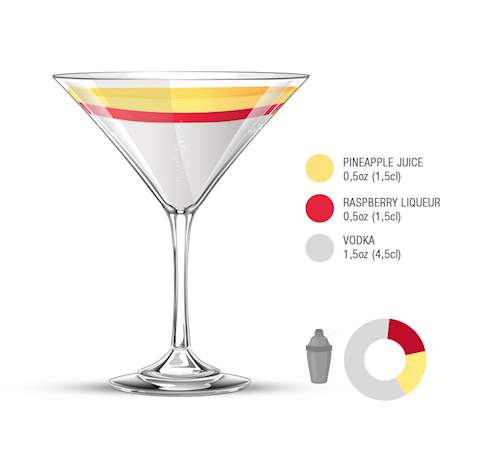






















































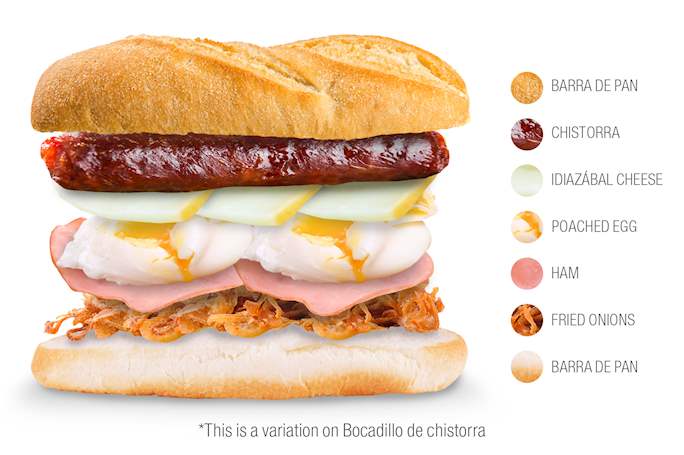













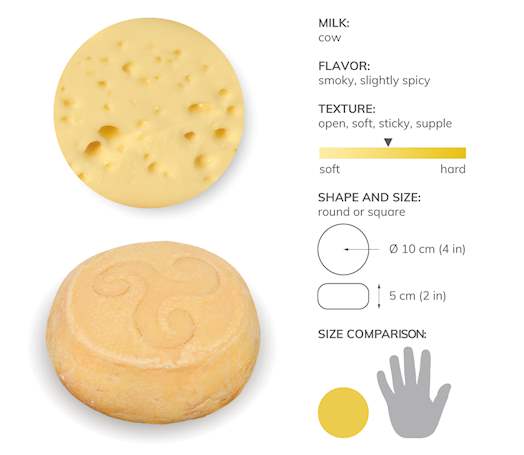

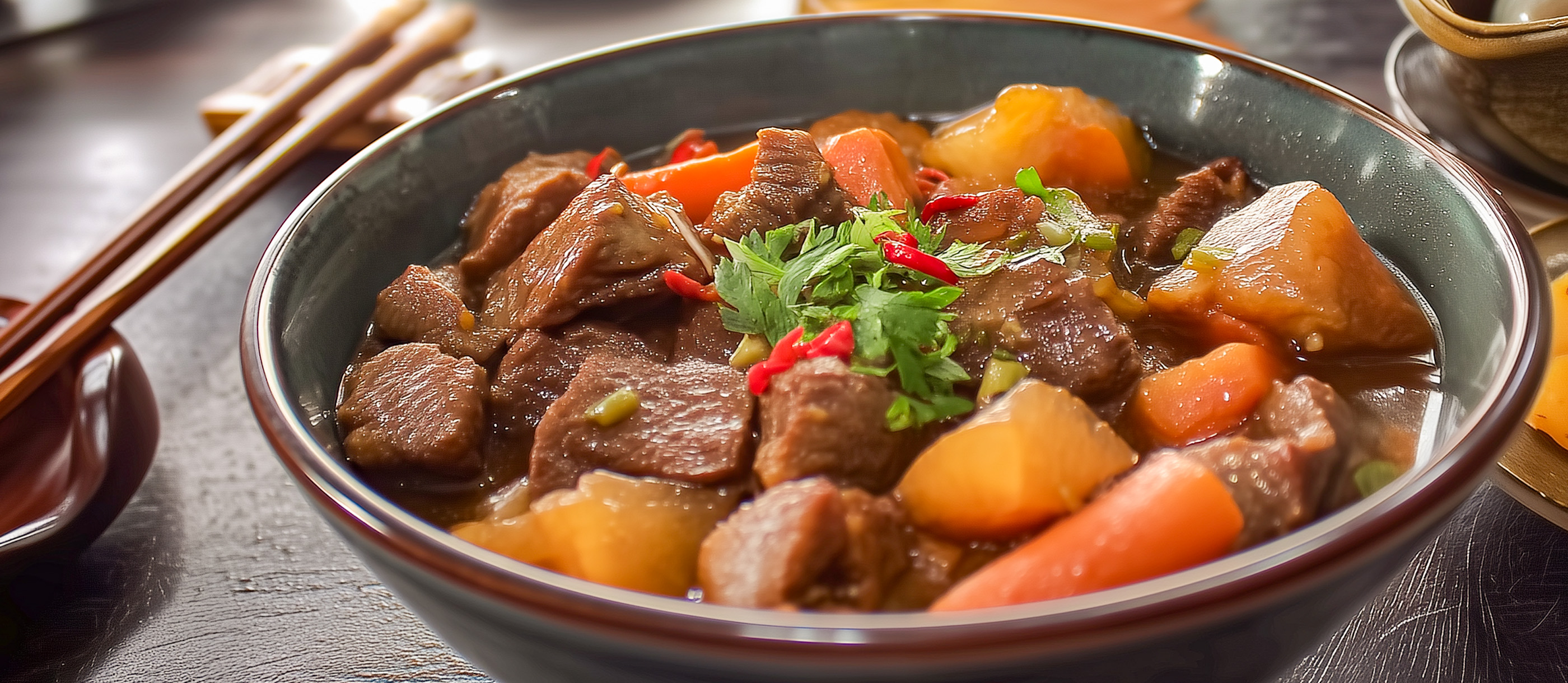



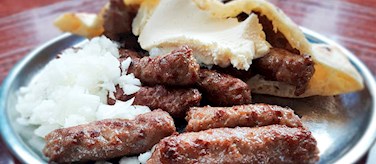




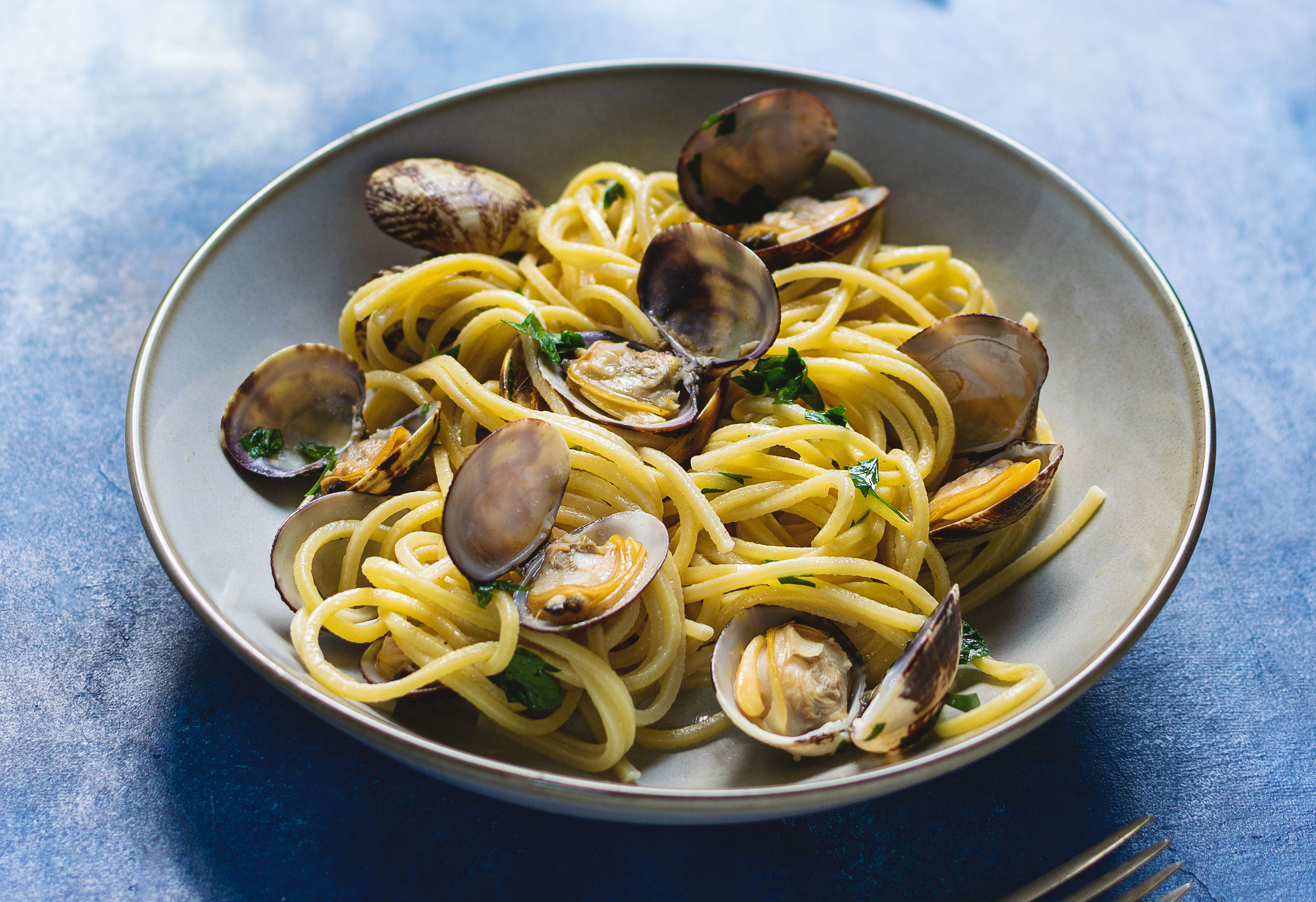

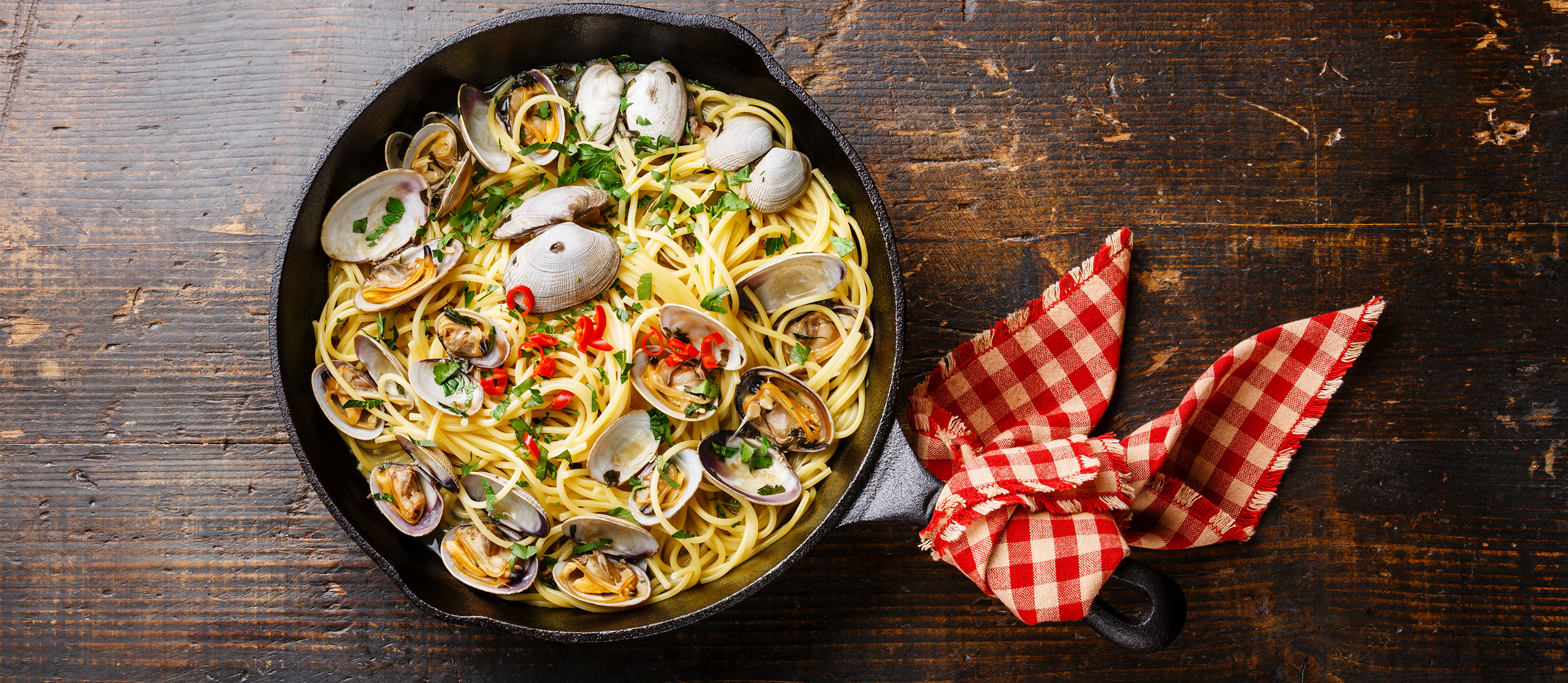











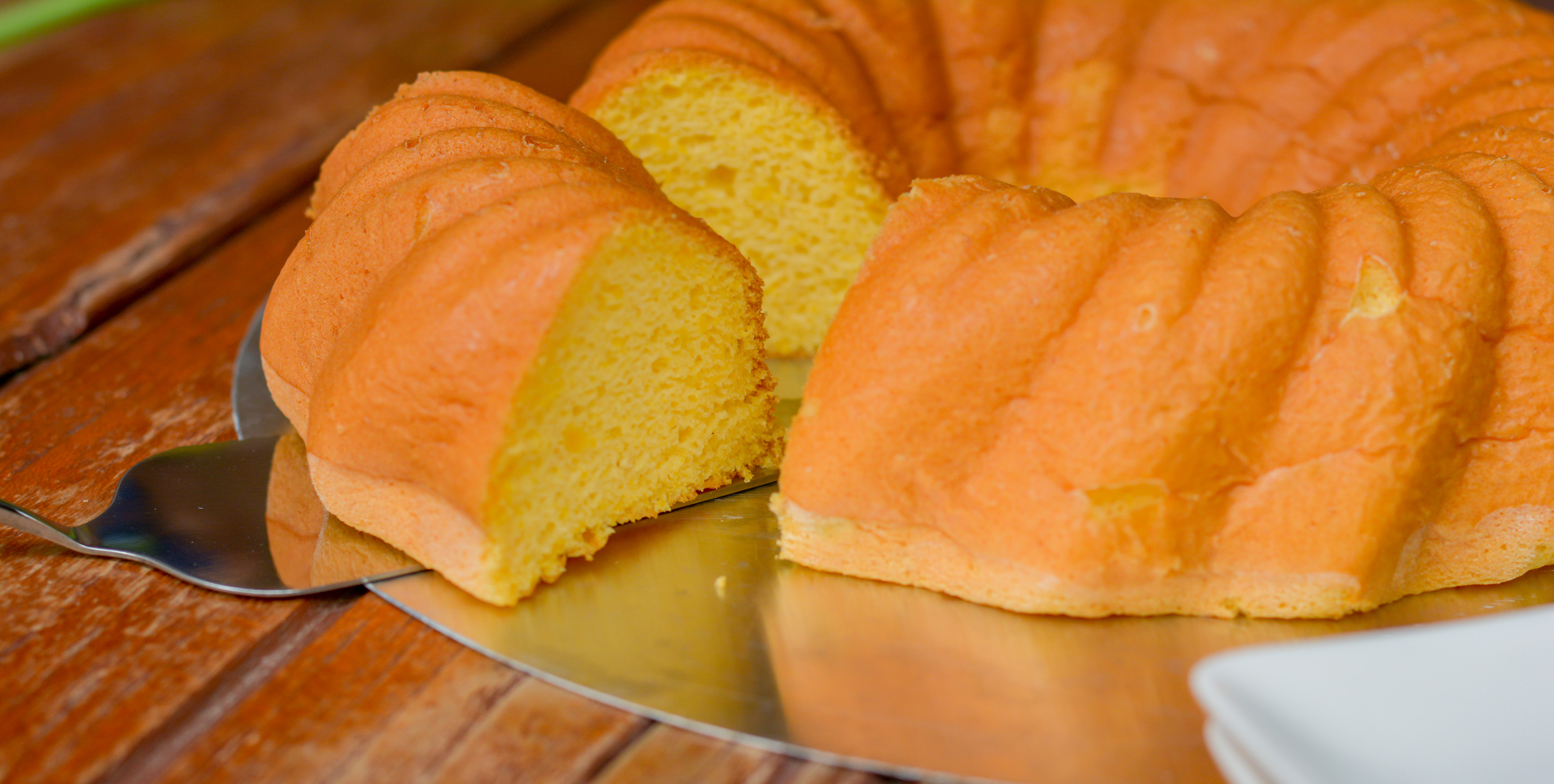
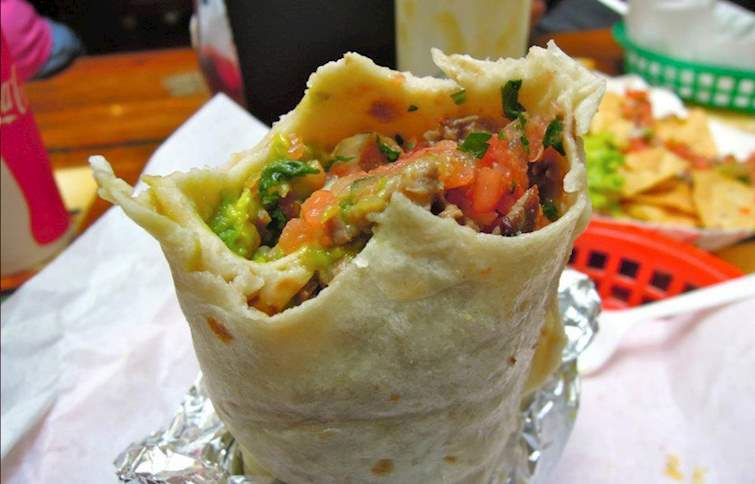
 San Francisco,
United States of America
San Francisco,
United States of America

 Santa Fe,
United States of America
Santa Fe,
United States of America


 Albuquerque,
United States of America
Albuquerque,
United States of America
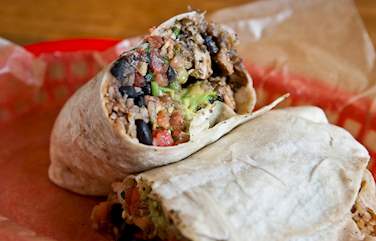
 New York City,
United States of America
New York City,
United States of America














